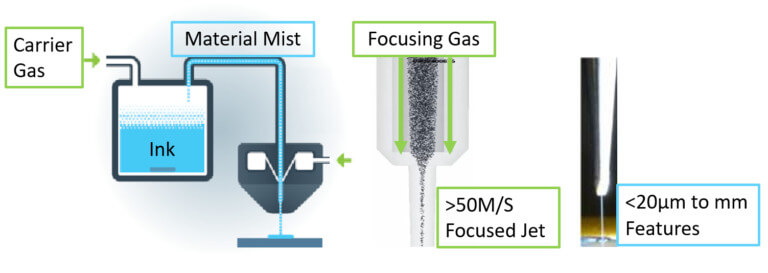The three biggest words in battery structures are “Area, Area, Area.” The more anode and cathode area a battery can expose to the electrolyte that carries ions and electrons between the positive and negative ends of the battery, the better. Most battery configurations, according to researchers at Carnegie Mellon University and Missouri University of Science and Technology, block a great deal of interaction between these elements. Their solution is to go porous in a microlattice battery, thanks to 3D printing. Electrodes present some surface area to the electrolyte, which can only interact with the surface area presented. Rahul Panat at Carnegie Mellon and Jonghyun Park at Missouri S & T have created a cube-shaped battery composed of microlattice electrodes which present significantly greater amounts of surface area to the electrolyte. The title of their paper (with co-author Mohammad Sadeq Saleh) brings out this “area rule”: “3D printed hierarchically-porous microlattice electrode materials for exceptionally high specific capacity and areal capacity lithium …
Taking it to eXtremes
“If I were to make a prediction, I’d think there’s a good chance that it is not batteries. But capacitors.” Karl Young, CEO of eXtreme Capacitor, Inc. started his presentation at the fifth annual Electric Aircraft Symposium with these words from Tesla Motor’s Elon Musk. The reference to capacitors superseding batteries as an energy source for electric cars came from Musk’s address at the Cleantech Forum in San Francisco on 16 March 2011. Young’s talk before the April 29 gathering in Santa Rosa, California detailed the double-layer supercapacitors his company produces, and what Young feels are the advantages these have over “traditional” lithium and other batteries. He is “trying to overcome the issues of batteries,” including, according to Young, their weight, slow charge and discharge times, their short operational lifetimes (typically 500 to 3,000 cycles), and their toxicity and flammability. Young contrasted that with the specifications for his eXtreme X-Cap™ “double-layer capacitor-based energy storage technology,” which can last through over …

